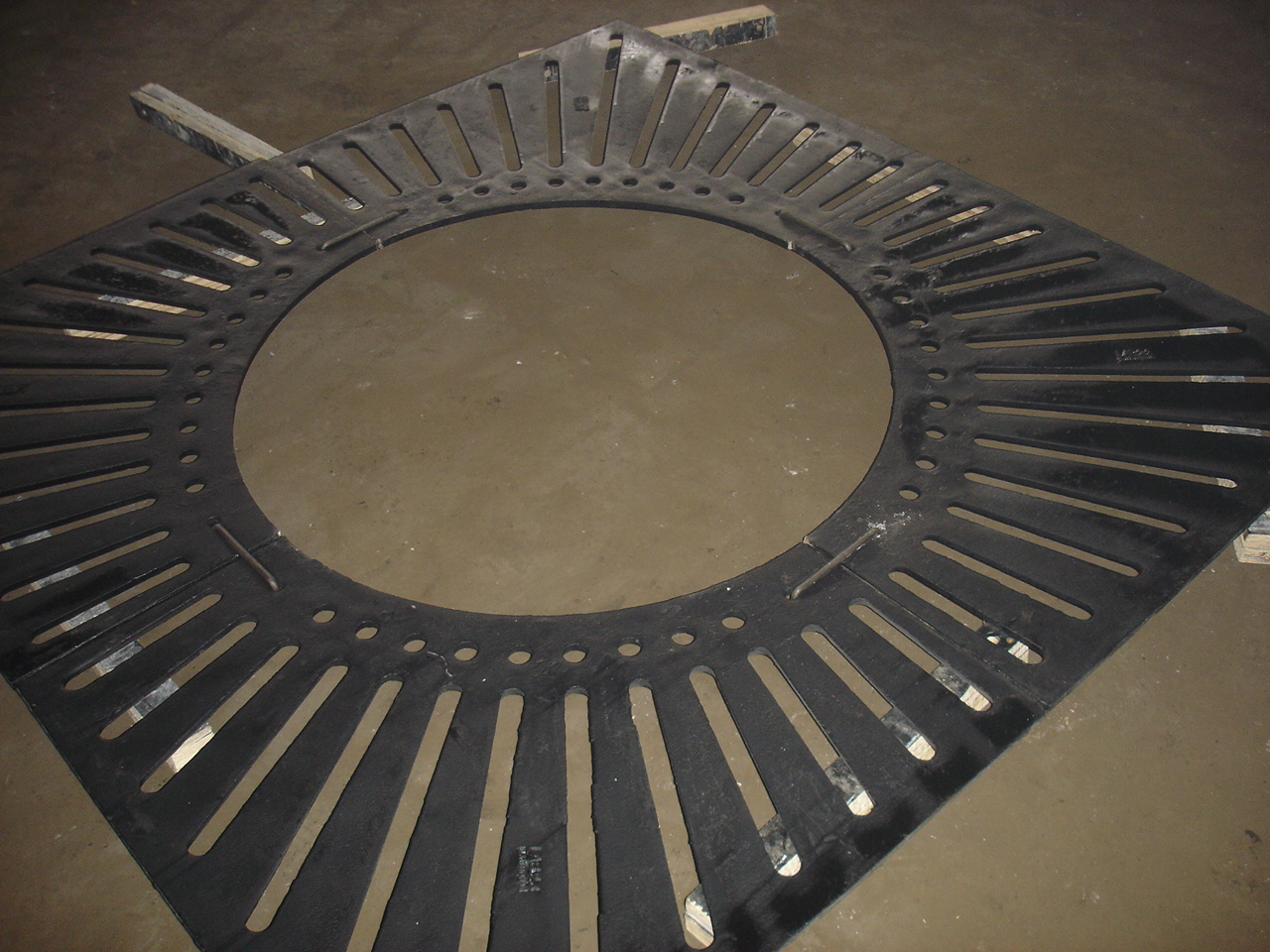Clinical Waste Management Solutions for Healthcare Facilities
The Importance of Clinical Waste Management A Focus on Clinical Waste Bins
Clinical waste refers to any waste that is produced in healthcare facilities, including hospitals, clinics, laboratories, and even dentist offices. This type of waste can pose a significant risk to both public health and the environment if not managed correctly. One key component of proper clinical waste management is the effective use of clinical waste bins. In this article, we will explore the importance of clinical waste bins in healthcare settings, the different types of clinical waste, and best practices for the disposal of clinical waste.
Understanding Clinical Waste
Clinical waste can include a wide variety of materials, including but not limited to
- Sharps Needles, blades, and other sharp objects that can cause injuries. - Infectious waste Items that may contain pathogens, such as used bandages, contaminated gloves, and laboratory cultures. - Pharmaceutical waste Expired or unused medications, as well as any waste generated from their use. - Chemical waste Hazardous chemicals and reagents used in medical treatments or research.
Given its potentially infectious and hazardous nature, clinical waste must be properly segregated from general waste. Clinical waste bins provide a controlled environment for the disposal of these materials, minimizing the risk of contamination and injury.
The Role of Clinical Waste Bins
The primary purpose of clinical waste bins is to ensure safe and compliant disposal of clinical waste. These bins are designed specifically to hold various types of clinical waste, reducing risks such as infections and injuries from sharps. The use of designated bins aids in the segregation of clinical waste at the point of generation, which is a crucial step in the waste management process. This segregation simplifies the collection process and ensures that waste handlers are not inadvertently exposed to harmful materials.
clinical waste bin

1. Types of Clinical Waste Bins
There are different types of clinical waste bins designed for specific types of waste
- Sharps containers These are puncture-proof bins specifically for sharps like needles and blades. They are usually made from hard plastic and have a locking mechanism to prevent access once full. - Biohazard waste bins Also known as yellow bins, these are used for disposables that are contaminated with infectious materials. These bins are easily recognizable due to their colored lids and biohazard symbols. - Pharmaceutical waste bins These are designated for the disposal of expired or unwanted medications, and often require specific labeling to ensure compliance with regulatory standards. - Chemical waste containers These bins are often clearly labeled and have additional safety measures to prevent leaks or spills of hazardous chemicals.
2. Best Practices for Using Clinical Waste Bins
To maximize the effectiveness of clinical waste bins, healthcare facilities should adhere to several best practices
- Training Staff It is essential that all healthcare personnel are trained in how to properly use clinical waste bins. This includes understanding the different types of waste and knowing which bin to use. - Proper Labeling Clinical waste bins should be clearly labeled to prevent accidental contamination. Labels should include information about what types of waste belong in each bin. - Regular Maintenance Bins should be regularly inspected, emptied, and cleaned to ensure they remain effective and do not pose additional risks. - Compliance with Regulations Facilities must follow local, state, and federal regulations regarding clinical waste disposal, ensuring that all waste is handled in accordance with legal requirements.
Conclusion
The efficient management of clinical waste is a critical aspect of healthcare operations. Clinical waste bins play a vital role in this process, helping to mitigate risks associated with infectious and hazardous materials. By understanding the importance of clinical waste bins, adhering to best practices, and ensuring compliance with regulations, healthcare facilities can not only protect staff and patients but also contribute to environmental sustainability. As our society continues to evolve in healthcare service delivery, the role of clinical waste management will undoubtedly remain paramount in safeguarding public health and the environment for future generations.
-
The Smarter Choice for Pedestrian AreasNewsJun.30,2025
-
The Gold Standard in Round Drain CoversNewsJun.30,2025
-
The Gold Standard in Manhole Cover SystemsNewsJun.30,2025
-
Superior Drainage Solutions with Premium Gully GratesNewsJun.30,2025
-
Superior Drainage Solutions for Global InfrastructureNewsJun.30,2025
-
Square Manhole Solutions for Modern InfrastructureNewsJun.30,2025
-
Premium Manhole Covers for Modern InfrastructureNewsJun.30,2025
